In Rafah, Israel reaches for a knockout punch that’s proved elusive
Israeli troops’ latest fighting in Rafah and in previously cleared areas around Gaza City shows the difficulty of crushing Hamas as a guerrilla force.
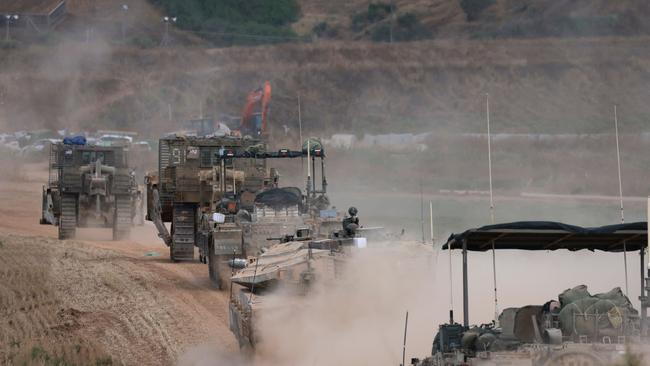
Israeli troops pressed further into Rafah on Sunday but also engaged in fierce fighting in previously cleared areas around Gaza City, showing the difficulty of winning a decisive victory over Hamas as a guerrilla force.
More than 300,000 Palestinians have fled Rafah as the Israeli military expanded what it calls a targeted operation in the Gaza Strip’s border city with Egypt.
The worsening humanitarian crisis there heightens Israel’s dilemma: the US has warned against a full-scale assault on Rafah, packed with over a million civilians, but Israeli Prime Minister Benjamin Netanyahu has said Hamas’s last fighting formations there must be defeated to “achieve total victory’’.
Fighting also intensified in northern Gaza, where at least five Israeli soldiers were killed in recent days during clashes in a complicated urban environment where militants are re-establishing themselves.
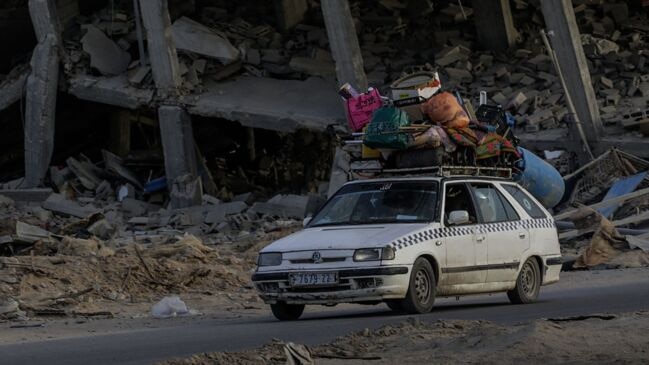
Israeli analysts say taking Rafah won’t deal a decisive blow to Hamas as long as it remains a potent insurgency that can pop up anywhere.
“The battle for Rafah should be the last battle of this war,” said Uzi Dayan, a former head of Israel’s National Security Council. “This doesn’t mean that this is the end of this war.”
Even if Israel were to subdue Hamas in the north, the sheer number of civilians in Rafah has constrained Israel, said retired Israeli brigadier general Shlomo Brom.
He said Israel might have lost much of its ability to use Rafah as a squeeze on Hamas by delaying the operation until the city absorbed so many internally displaced Palestinians.
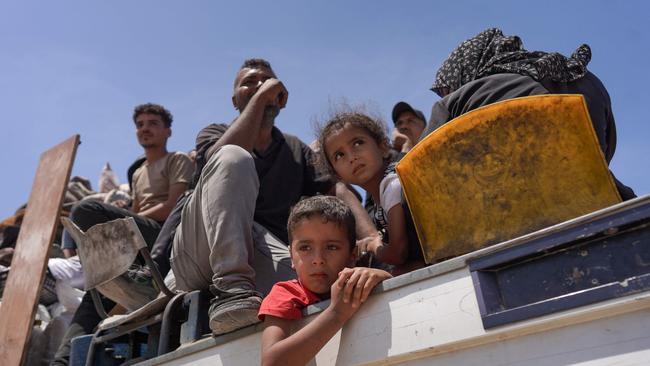
Analysts said an operation in Rafah was most critical to shutting down Hamas’s smuggling of weapons into Gaza via Egypt, but that wouldn’t deal Hamas a knockout punch.
“It wouldn’t be an end to the war. An end to the war can be achieved only through a political decision by the two sides to agree on a ceasefire,” Mr Brom said. “In this type of war, which is a war against a guerrilla force, I don’t think there are decisive moments,” he added.
Israel issued new evacuation orders around Rafah on Saturday as its forces pushed closer to the city’s centre, though the military said the operation remains limited.
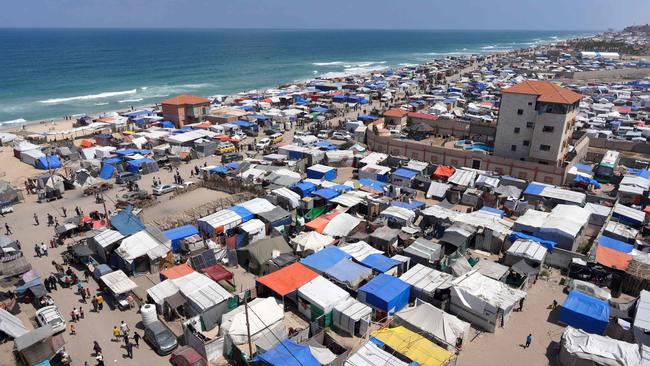
Its troops moved in last week following rocket attacks by Hamas, securing key crossings and corridors and striking more than 100 targets. Israel has told Egyptian officials that the Rafah action will take about two months, said Egyptian officials briefed on the matter.
Hamas’s military wing has taken credit for several recent rocket barrages toward military positions near Israel’s Kerem Shalom, also home to a key terminal for humanitarian aid. On Saturday evening, a separate rocket barrage injured a woman in the Israeli city of Beersheba, local medical authorities said.
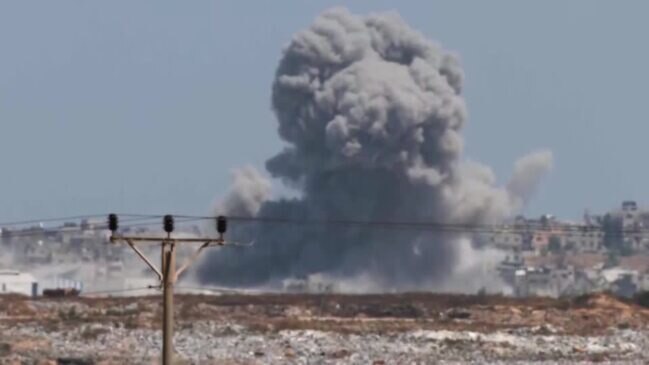
The rockets underscored why Israeli leaders see Rafah as critical to achieving their war aims, which include eliminating any security threat to Israel from Gaza. Hamas’s military units in Rafah are believed to possess an arsenal of rockets.
“The idea that we will halt the war before achieving all of our goals is out of the question. We will enter Rafah and we will eliminate the Hamas battalions there,” Mr Netanyahu said April 30, ahead of the current operation.
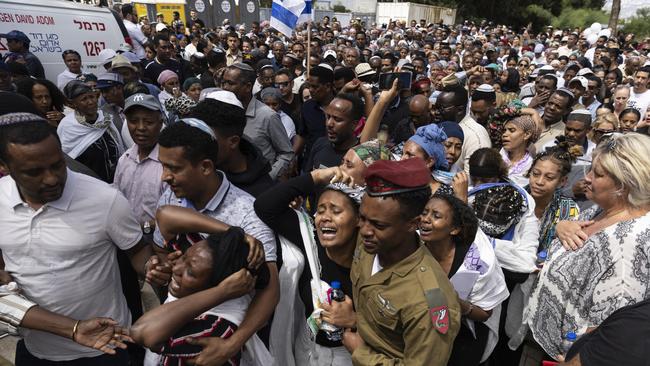
Israel is also counting on military action in Rafah to pressure Hamas into a deal that trades a temporary ceasefire for the release of some of the about 130 hostages remaining in Gaza from the 240 the militant group abducted in its October 7 attack, which killed 1200 Israelis, most of them civilians, according to Israeli authorities.
On Saturday, Hamas said that a 51-year-old British-Israeli hostage died in captivity, allegedly from wounds sustained from an Israeli air strike in an unspecified part of the strip. The Israeli military declined to comment.
Qatar, which hosts Hamas’s political office, has offered to revive stalled ceasefire talks.
Achieving a lasting end to the war will require a new government in Gaza to replace Hamas, which took control of the strip of 2.2 million Palestinians in 2007. Analysts say Hamas will continue to fill the power vacuum until Israel brings in an alternative authority.
The military has also been reluctant to remain in already cleared areas in part because it is a target for insurgents. Only a few weeks ago, Israeli troop levels in Gaza had reached their lowest levels of the seven-month war.
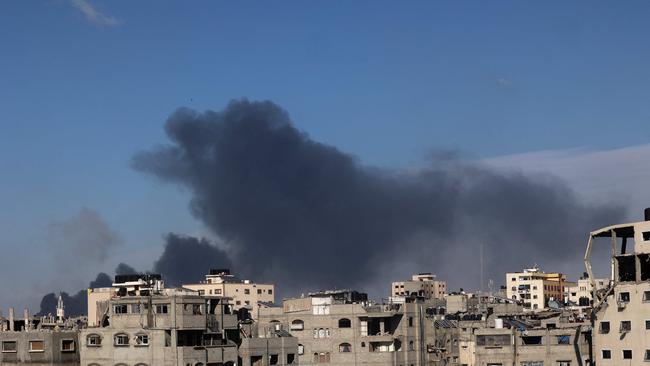
Now, troops are back fighting in the places they vacated. Israel on Saturday night launched air strikes against 30 targets in Jabalia, north of Gaza City, before beginning ground raids in the city, as well as nearby Beit Hanoun and Beit Lahia, the military said. The military said it killed about 30 militants.
Israel’s current operation in northern Gaza is its third in the Gaza City neighbourhood of Zeitoun, according to the Institute for the Study of War. The institute tracked several militant attacks against Israeli forces, which it said suggested that militants were able to preserve or reconstitute forces.
“You leave and two minutes later, Hamas is back,” said Michael Milshtein, a former head of Palestinian affairs for Israeli military intelligence. “It’s impossible to build an alternative and create a new situation in Gaza, and at the same time get out of any area you took.”
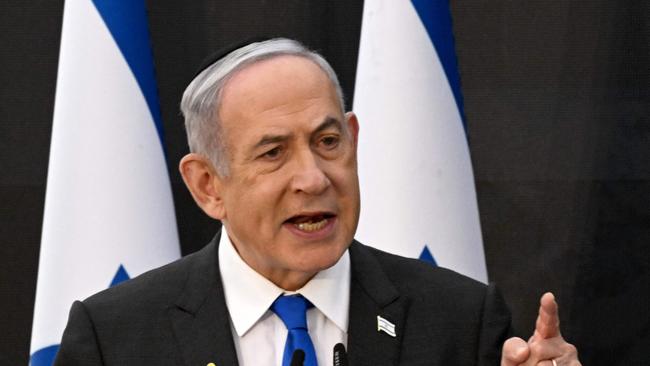
Mr Netanyahu has yet to chart a vision for postwar Gaza’s governance, saying his government sees no place for the West Bank-based Palestinian Authority to govern barring fundamental overhauls. Mr Netanyahu has also said that Israel doesn’t want to reoccupy the enclave.
A military occupation would require substantial military and economic resources, analysts said, and replicate the uncomfortable position of Israel ruling over Palestinians that persists in the West Bank.
Israel has instead looked to Arab countries to help rule Gaza and maintain order, but these neighbours have conditioned any help on reviving talks to create a Palestinian state, something Mr Netanyahu’s government opposes.
Hamas pointed to Israel’s struggles in a statement on Sunday. “The occupation has not and will not achieve any of the goals of the aggression, and the resistance has not and will not back down from its duty to confront the occupier,” Hamas spokesman Salama Marouf said on X.
The deteriorating humanitarian crisis in Gaza has put pressure on Israel to end the war. The death toll in Gaza surpassed 35,000 on Sunday, local health authorities say, in figures that don’t distinguish between civilians and combatants.
President Joe Biden threatens to hold up additional weapons sales to Israel if it continues to defy American concerns and push into Rafah, which had been Gaza’s last refuge for civilians and humanitarian aid.
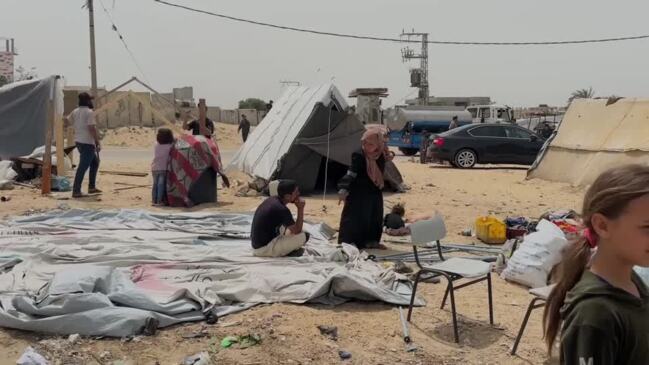
As clashes in the Rafah area expanded, many Palestinians fled to designated evacuation zones in Al-Mawasi and Khan Younis, the former of which aid workers say is already overflowing. Many others said they didn’t know where to go, with few options left for shelter.
“It is so dangerous here,” said Suha Arafat, 47, who is still with her family in Rafah. “Bombing doesn’t stop day or night. We really want to leave as soon as possible.”
Civilians in northern Gaza are struggling to heed Israeli calls to evacuate, even as Hamas is negotiating for free movement of unarmed persons back to the northern part of the enclave as part of ceasefire talks.
Hanan Abu Hassira, 33, said she woke up on Saturday to leaflets and phone calls made by Israeli forces calling on them to evacuate Beit Lahia. Overnight, she heard bombing and artillery.
“We didn’t expect to be asked to evacuate as the battle now is in Rafah, ” she said. “The north was already cleared.”
The Wall Street Journal

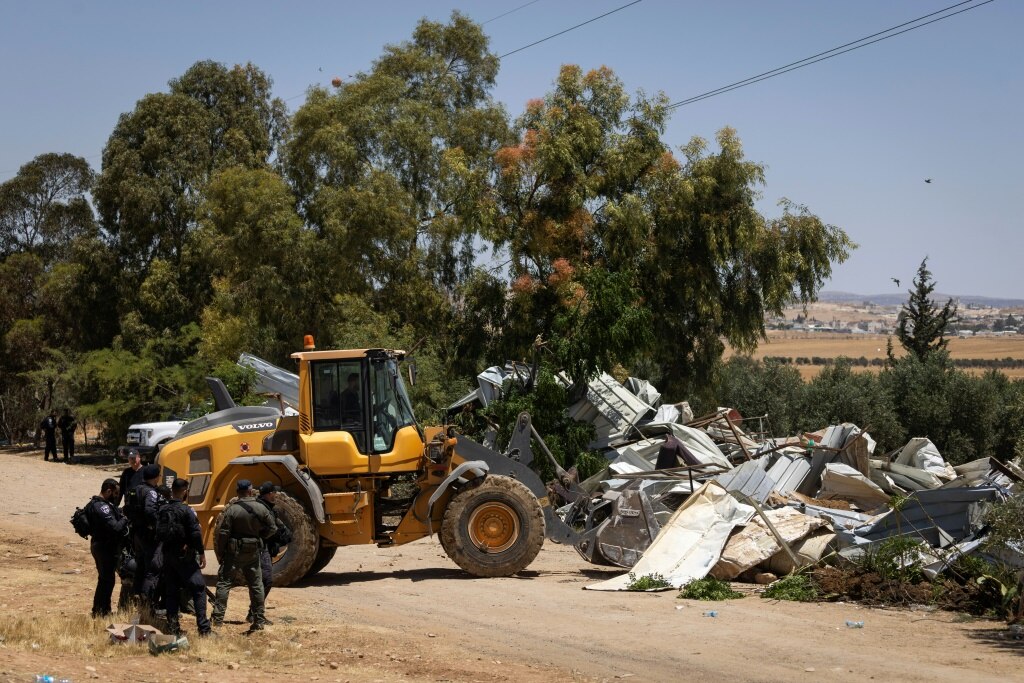
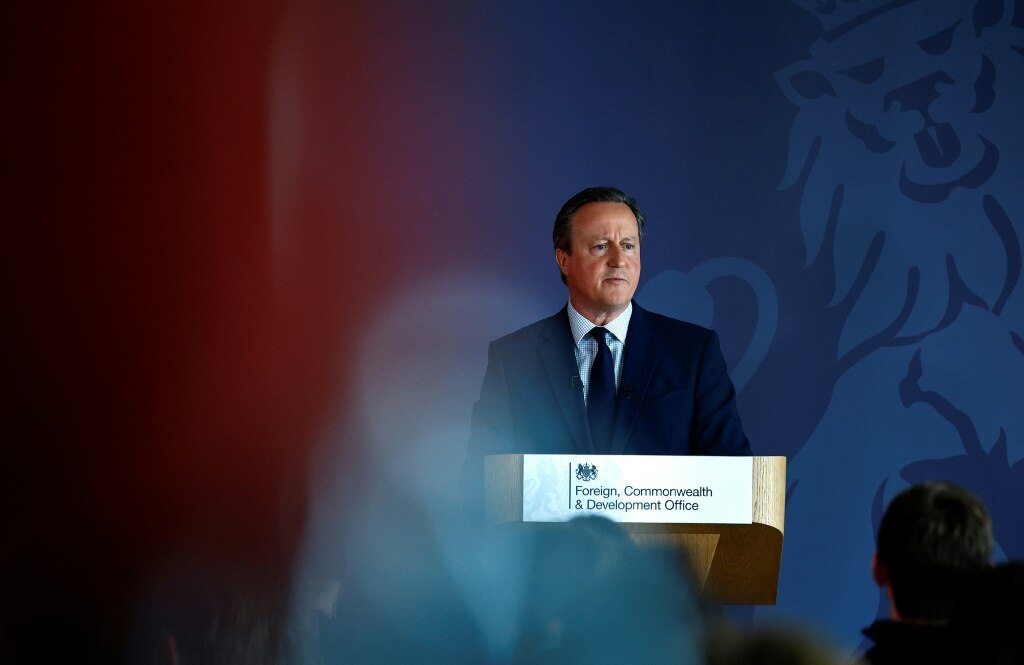
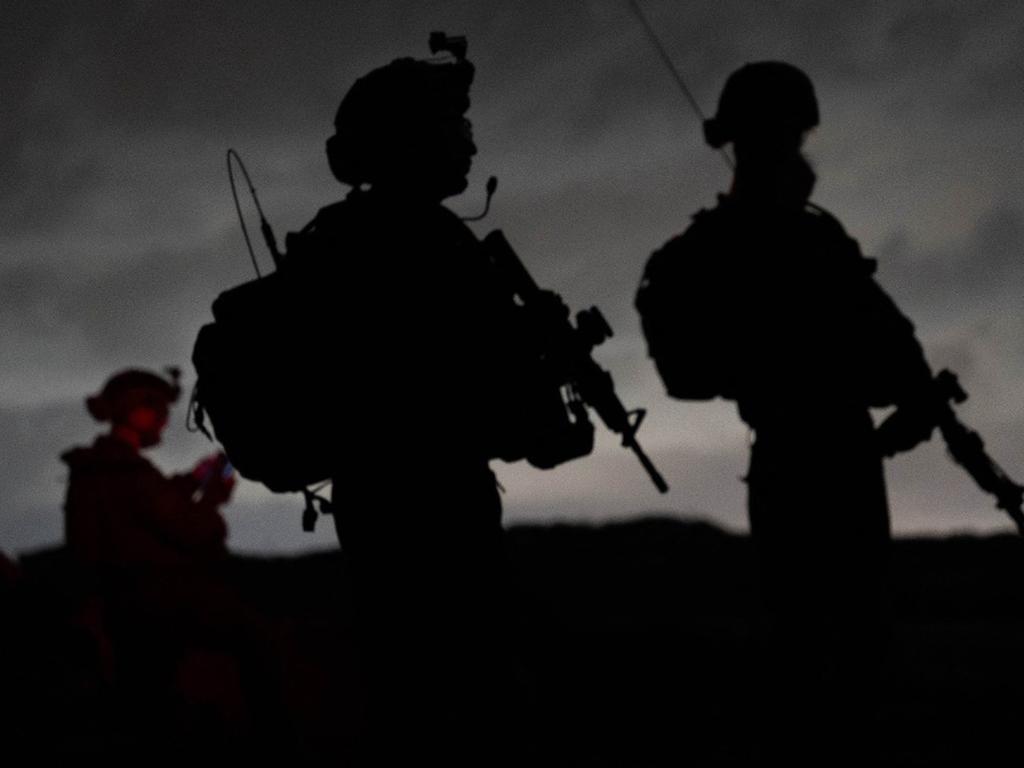
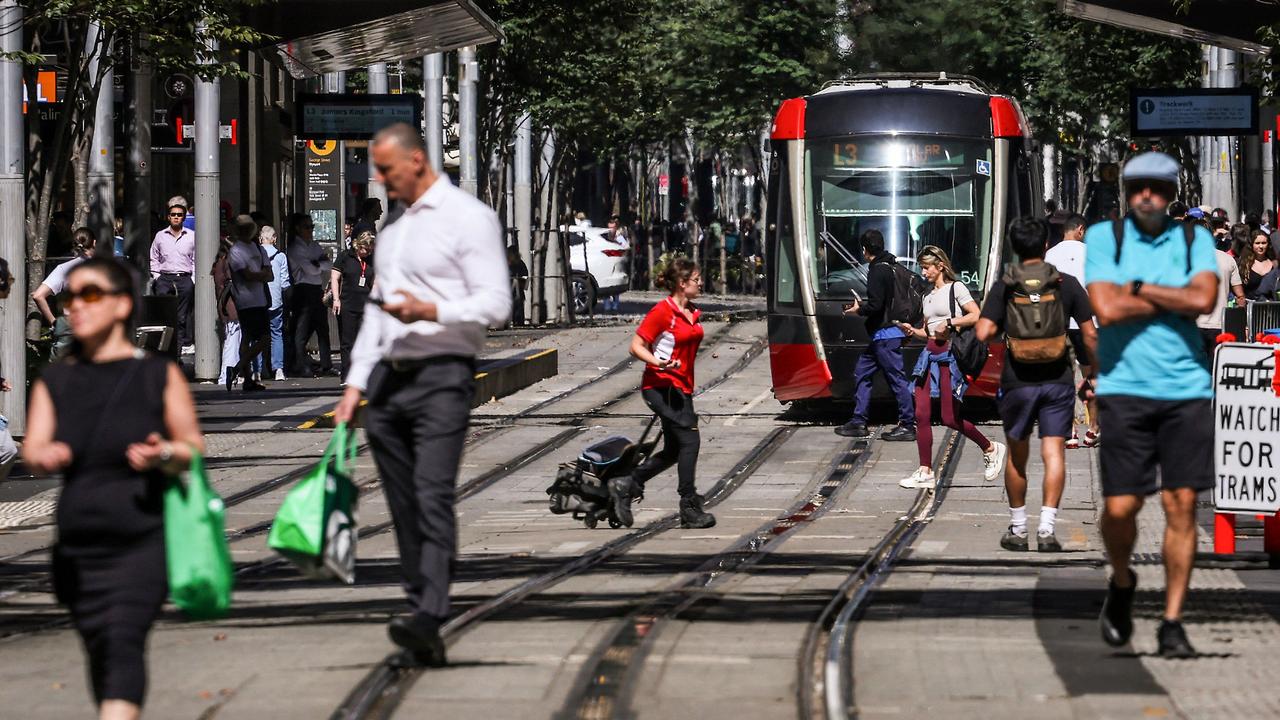

To join the conversation, please log in. Don't have an account? Register
Join the conversation, you are commenting as Logout